With the rapid development of intelligent manufacturing technology, traditional slitting machines are gradually transforming and upgrading in the direction of intelligence, digitalization and networking. This transformation not only improves the performance and production efficiency of the slitter, but also brings higher economic benefits and competitiveness to the enterprise. The following are the transformation and upgrading paths and key technologies of slitting machines in the context of intelligent manufacturing:
1. Intelligent control system
The control system of the traditional slitting machine usually relies on PLC and a simple HMI interface, while in the context of intelligent manufacturing, the control system of the slitting machine needs to be more intelligent and flexible.
• Application of AI algorithms: Artificial intelligence algorithms (such as machine learning and deep learning) are introduced to optimize the tension control, speed adjustment and deviation correction functions in the slitting process to achieve adaptive control.
• Intelligent diagnosis and predictive maintenance: Real-time monitoring of equipment status through sensors, combined with big data analysis, predicting equipment failures and maintaining in advance to reduce downtime.
• Multi-tasking: Support multi-task parallel processing, and realize automatic switching of slitting tasks of different specifications of films.
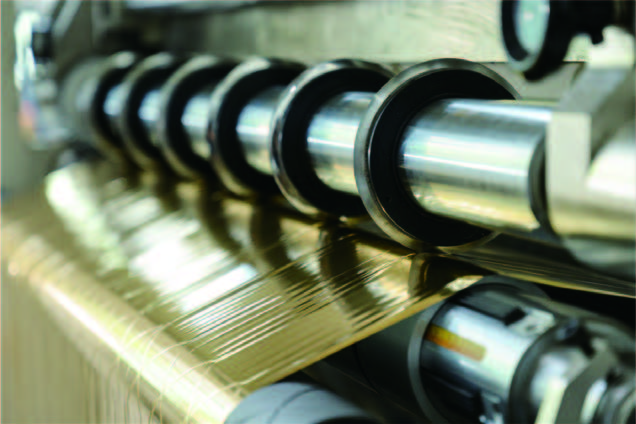
2. Digitalization and networking
Digitalization and networking are the core features of intelligent manufacturing, and the transformation and upgrading of slitting machines need to make full use of industrial Internet technology.
• Industrial Internet of Things (IIoT): Connect the slitter to the Industrial Internet platform to enable data sharing and collaboration between devices.
• Remote monitoring and operation: Through the cloud platform and mobile terminals, remote monitoring, parameter adjustment and fault diagnosis of the slitting machine can be realized.
• Data collection and analysis: Collect key data (such as tension, speed, temperature, etc.) in the slitting process in real time, and use big data technology to analyze and optimize the production process.
3. High precision and high speed
Intelligent manufacturing puts forward higher requirements for the accuracy and speed of slitting machines, especially in the field of high-end film material processing.
• High-precision servo system: high-resolution encoder and precision servo motor are used to ensure that the slitting accuracy reaches the micron level.
• Dynamic speed control: Dynamically adjust the slitting speed according to the material characteristics and production needs to achieve high-speed slitting while ensuring quality.
• Multi-axis synchronous control: Through multi-axis synchronous control technology, it ensures precise synchronization of unwinding, slitting and winding shafts to avoid material stretching or accumulation.
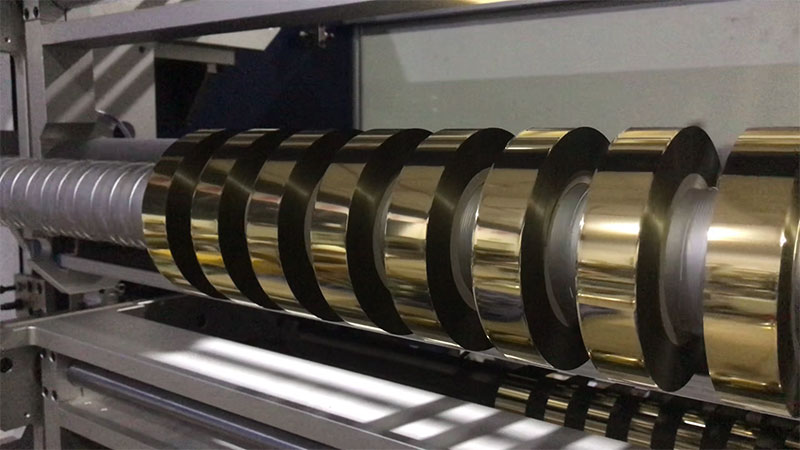
4. Flexible production
Intelligent manufacturing emphasizes the flexibility of production, and slitting machines need to be able to quickly adapt to different material and process needs.
• Modular design: The modular design is adopted to facilitate the quick replacement of tools, tension control systems and other components, and adapt to the slitting needs of different materials.
• Parameter presetting and automatic switching: Preset the processing parameters of different materials in the HMI to achieve automatic switching and reduce manual intervention.
• Automatic tool change system: realize automatic tool change and adjustment, improve production efficiency and flexibility.
5. Quality control and traceability
In the context of intelligent manufacturing, quality control and production traceability have become important functions of slitting machines.
• On-line inspection system: install high-precision cameras or laser inspection equipment to monitor the quality of slitting edges in real time and find defects in time.
• Quality traceability system: Through QR code or RFID technology, the production data of each roll of film (such as slitting parameters, operators, test results, etc.) is recorded to achieve full traceability.
• Automatic sorting and packaging: Combined with robot technology, it realizes automatic sorting and packaging of film after slitting, and improves production efficiency.
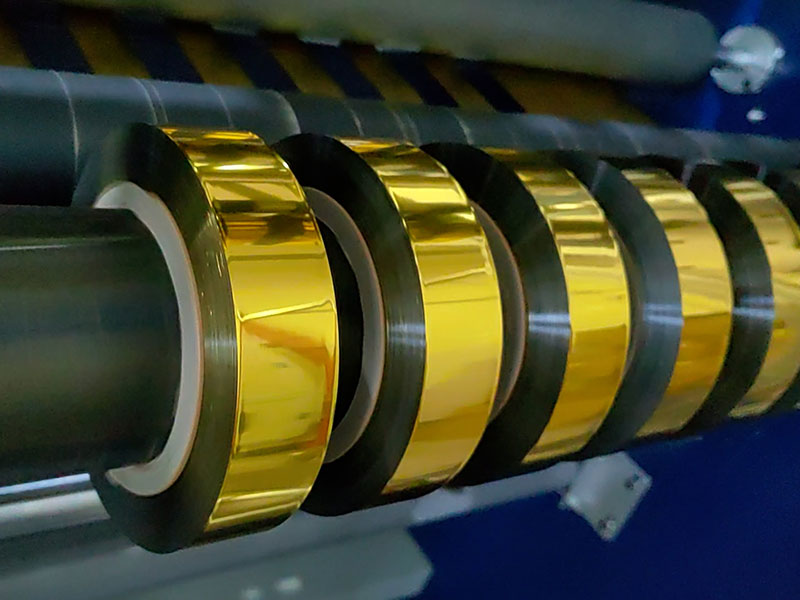
6. Human-machine collaboration and ease of operation
Smart manufacturing not only focuses on the automation of equipment, but also on human-machine collaboration and ease of operation.
• Intelligent HMI Interface: Intuitive, easy-to-operate HMI interface with touch screen operation and voice control.
• AR/VR technology application: Provide equipment operation guidance and troubleshooting support through augmented reality (AR) or virtual reality (VR) technology.
• Collaborative robots: Introduce collaborative robots to assist operators in completing tasks such as loading and unloading, and improve production efficiency.
7. Green manufacturing, energy saving and environmental protection
Intelligent manufacturing emphasizes green manufacturing and sustainable development, and the transformation and upgrading of slitting machines needs to focus on energy conservation and environmental protection.
• High-efficiency and energy-saving motor: Adopt high-efficiency and energy-saving servo motor and inverter to reduce energy consumption.
• Scrap Recycling & Reuse: Install scrap recycling devices to reduce material waste and explore ways to reuse scrap.
• Noise and dust control: optimize the equipment structure, reduce the operating noise, install dust collection devices, and improve the working environment.
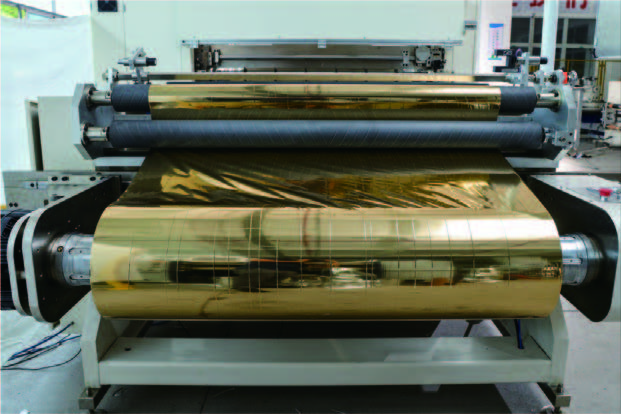
8. System integration and collaborative manufacturing
As part of the production line, the slitter needs to be highly integrated and work in tandem with other equipment.
• MES system integration: connect the slitting machine to the manufacturing execution system (MES) to realize the automatic scheduling and execution of production planning.
• ERP system docking: docking with the ERP system of the enterprise to achieve real-time synchronization of production data, inventory data and order data.
• Intelligent logistics system: Combined with AGV (Automated Guided Vehicle) and intelligent warehousing system, it realizes the automatic transportation and storage of raw materials and finished products.
summary
In the context of intelligent manufacturing, the transformation and upgrading of slitting machines are mainly reflected in intelligent control systems, digitalization and networking, high precision and high speed, flexible production, quality control and traceability, human-machine collaboration, green manufacturing and system integration. Through the introduction of advanced technology and optimized design, the slitting machine can not only meet the needs of high-end film material processing, but also significantly improve production efficiency, product quality and enterprise competitiveness, and provide strong support for the development of intelligent manufacturing.
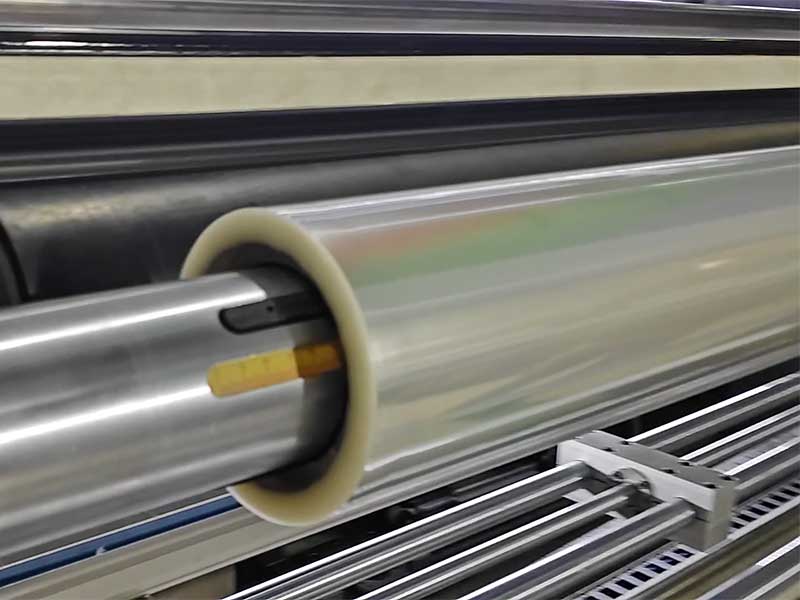 Innovation in ease of operation: intelligent control design of the new generation of film slitting machines
Innovation in ease of operation: intelligent control design of the new generation of film slitting machines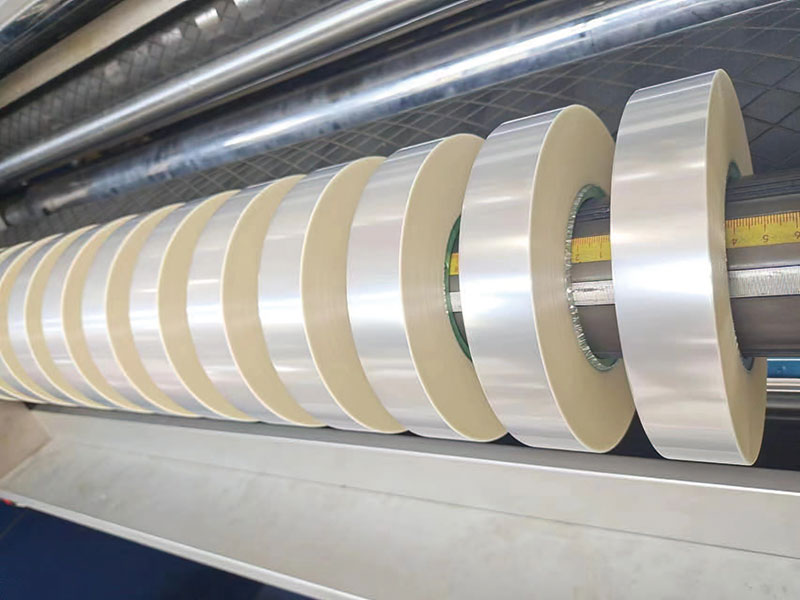 Upgrade the reliability of film slitting machines: the technical path to achieve continuous 1,000 hours of trouble-free operation
Upgrade the reliability of film slitting machines: the technical path to achieve continuous 1,000 hours of trouble-free operation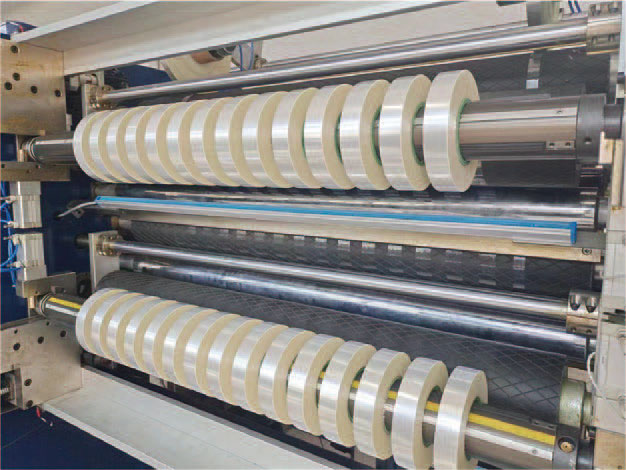 Five key points you must know before purchasing a film slitting machine
Five key points you must know before purchasing a film slitting machine Key points of long-term reliability evaluation of hot stamping foil slitting machine: How to protect investment safety on the blade?
Key points of long-term reliability evaluation of hot stamping foil slitting machine: How to protect investment safety on the blade?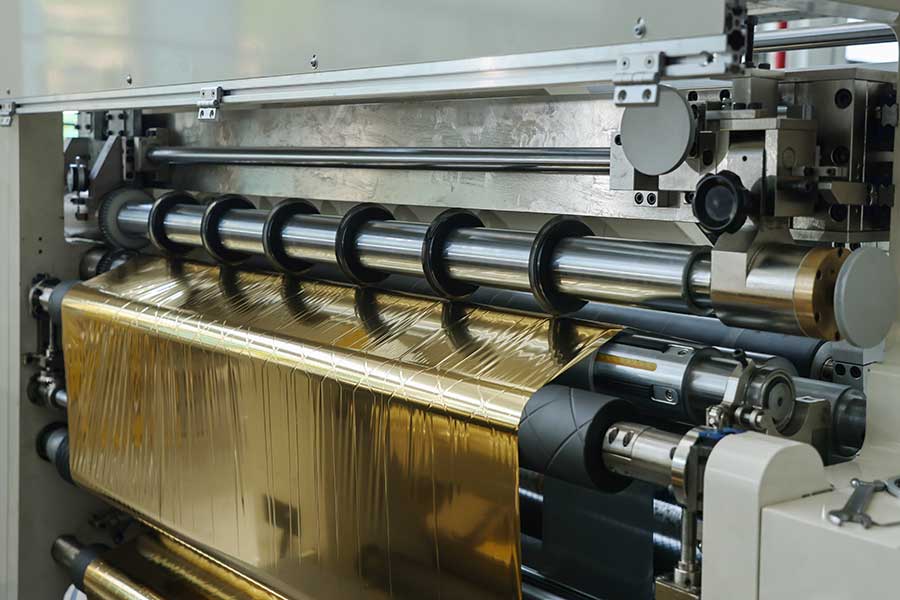 Real user feedback: Reliability challenges and countermeasures in the production of hot stamping foil slitting machines
Real user feedback: Reliability challenges and countermeasures in the production of hot stamping foil slitting machines